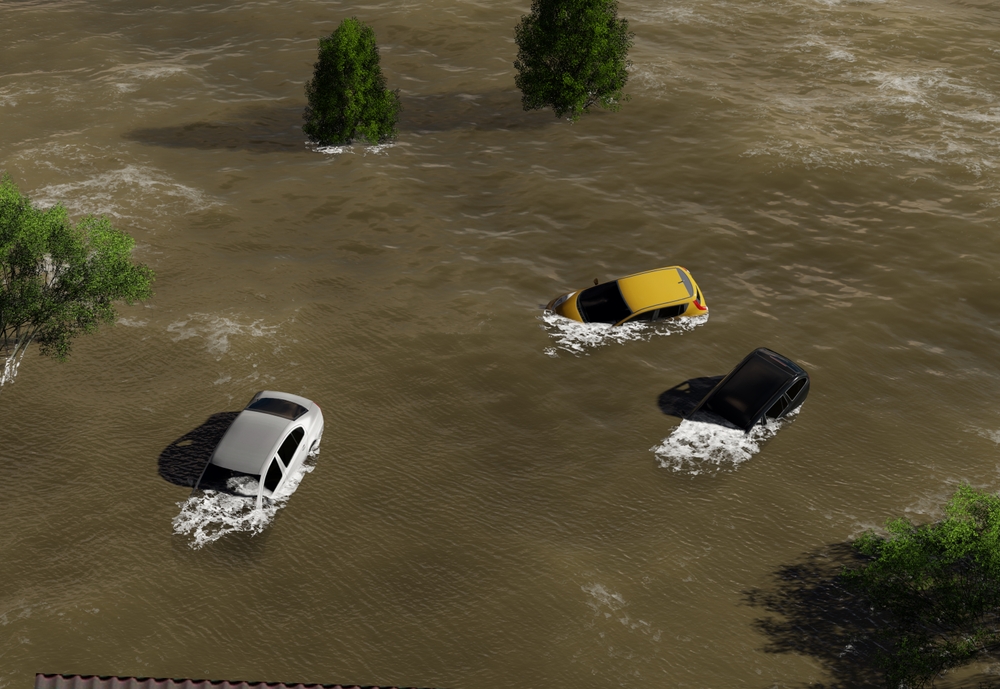A Spanish community foundation has led the response to repairing the damage caused by the devastating floods in southeast Spain that left more than 200 people dead – the worst natural disaster the country has seen in modern memory.
Bodies are still being recovered and it is feared double the official number may be dead, given the number of people missing.
Fundació Horta Sud, a community foundation channeling resources into the region for the last 30 years, has launched a direct appeal for funds, with people still facing a shortage of food and basic needs on the outskirts of Valencia. Infrastructure still remains fragile with the strength of housing in doubt and prone to collapse.
As of Tuesday, the appeal raised over 272,000 euros.
The Amancio Ortega Foundation, owner by fashion label Zara, donated 100 million euros, while foundations connected to Spain’s biggest football clubs raised money for flood victims.
Frustration boiled over on Sunday when a crowd in hard-hit areas hurled mud as Spain’s king and queen, prime minister and regional officials made a visit to flood hit communities.
Warnings about a lack of funding in Europe’s climate resilience, particularly investments for frontline countries such as Spain, have repeat been raised by experts this year.
Europe’s Environment Agency warned that the continent is not prepared for rapidly growing climate risks, in a report published in March.
It warned that despite progress by EU member states, ‘societal preparedness is insufficient as policy implementation is lagging behind the rapid increase in risk levels’.
‘More frequent and extreme weather events increase the risks to Europe’s built environment and critical services, including energy, water and transport,’ the agency warned.
The chronic under investment was perhaps shown to be the case when a 2,000 year old Roman-era dam in Aragon reportedly stopped nearby towns from flooding, while modern dams burst their banks.
In May, the World Bank urged Europe to invest and strengthen disaster resilience, while an EU-wide analysis shows that many critical sectors, including those that provide emergency response services, are exposed to multiple natural hazards.
For example, the study finds that in half of EU Member States, there are fire stations located in areas with high levels of more than one hazard including wildfires, landslides, floods, and earthquakes.
Shafi Musaddique is the news editor at Alliance magazine.






Comments (0)